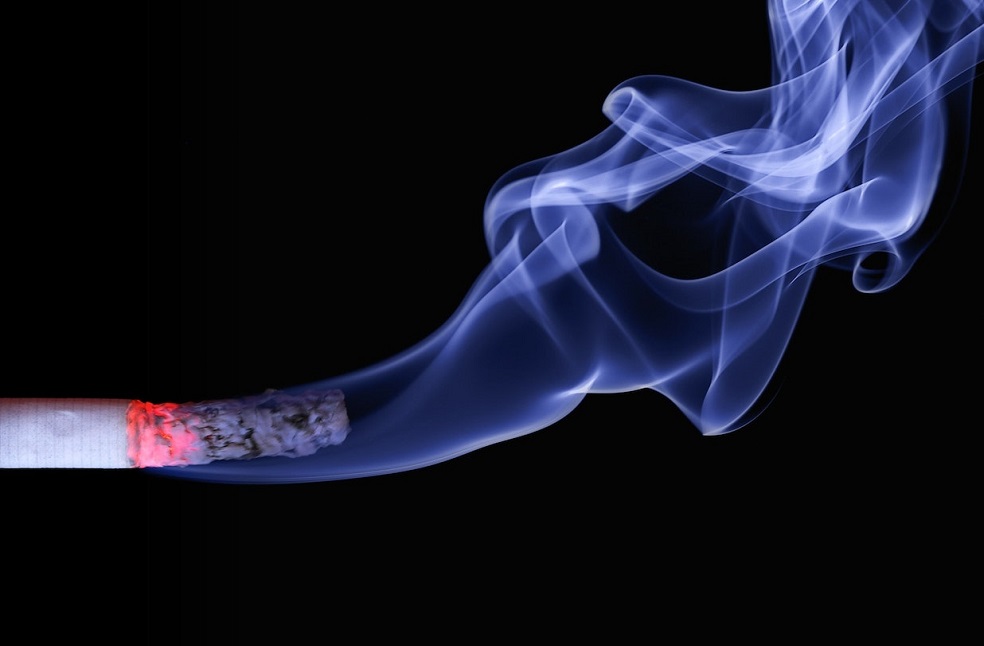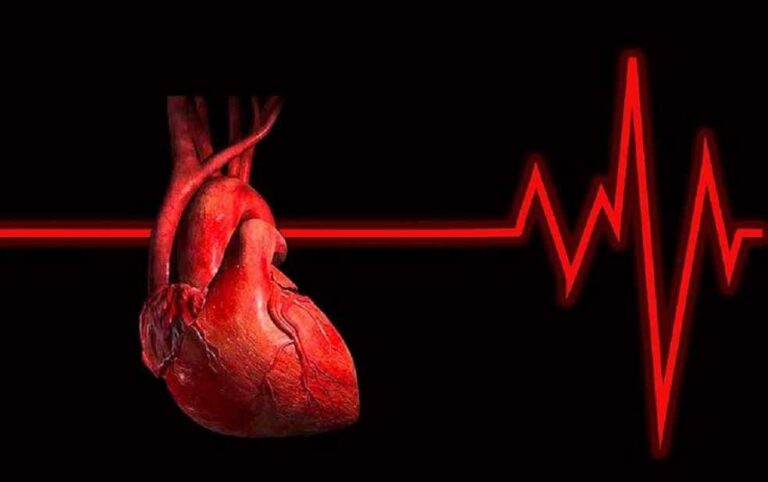The risk of a major cardiac rhythm issue is increased by exposure to secondhand smoke, even in tiny doses, according to data presented at the European Society of Cardiology’s (ESC) scientific conference, EHRA 2024. Longer periods of passive smoking were associated with a higher risk of atrial fibrillation.
“The dangers of secondhand smoke were significant regardless of whether individuals were at home, outdoors, or at work, indicating that exposure universally elevates the risk of atrial fibrillation,” said study author Dr. Kyung-Yeon Lee of Seoul National University Hospital, Seoul, Republic of Korea.
“We should all make every effort to avoid spending time in smoky environments. The findings should also drive policymakers to further curb smoking in public areas and support smoking cessation programs to improve public health,” Dr. Lee added.

Globally, atrial fibrillation is the most prevalent cardiac rhythm abnormality. The symptoms include weariness, breathing difficulties, palpitations, and trouble falling asleep. According to estimates, one in three Europeans may have the illness at some point in their lives. Compared to their healthy counterparts, those with atrial fibrillation have a five-fold increased risk of stroke.
It is commonly known that coronary artery disease and early mortality are associated with passive smoking. It is unknown, therefore, how secondhand smoking and atrial fibrillation are related.
The relationship between exposure to secondhand smoking and the cumulative risk of incident atrial fibrillation was investigated in this study. Adults between the ages of 40 and 69 who were enrolled in the UK Biobank and had utilized the NHS in the UK for any purpose were included in the study. The study eliminated participants who were currently smoking and those who had atrial fibrillation at baseline.

The analysis comprised 400,493 adults in total. Participants’ average age was 56.5 years, and 55.2 percent of them were female. Participants were asked how many hours they had spent in the last year, both at home and in other settings, being around other people’s smoke during a normal week using a touchscreen questionnaire. If a participant came into contact with secondhand smoke, they were placed in the “exposed group,” and if not, they were placed in the “non-exposed group.”
A total of 85,984 individuals reported an average of 2.2 hours per week of secondhand smoke exposure in the year prior. 23,471 of the patients had atrial fibrillation over a median follow-up of 12.5 years.
After controlling for variables that may have an impact on the relationship, such as age, sex, ethnicity, body mass index, daily alcohol consumption, moderate-to-vigorous physical activity, diabetes, high blood pressure, high blood lipids, socioeconomic status, and enrollment center, the researchers examined the relationship between exposure to secondhand smoke and incident atrial fibrillation.

After correcting for the previously described covariates, the group exposed to secondhand smoking had a 6 percent greater incidence of incident atrial fibrillation during follow-up compared with the non-exposed group.
There was evidence of a dose-dependent association between the length of weekly passive smoking and an increased risk of atrial fibrillation. For instance, compared to not passive smoking, 7.8 hours per week of passive smoking was linked to an 11 percent increased risk of cardiac rhythm abnormality. Passive smokers had an increased risk of atrial fibrillation in their homes, workplaces, and outdoor areas.



